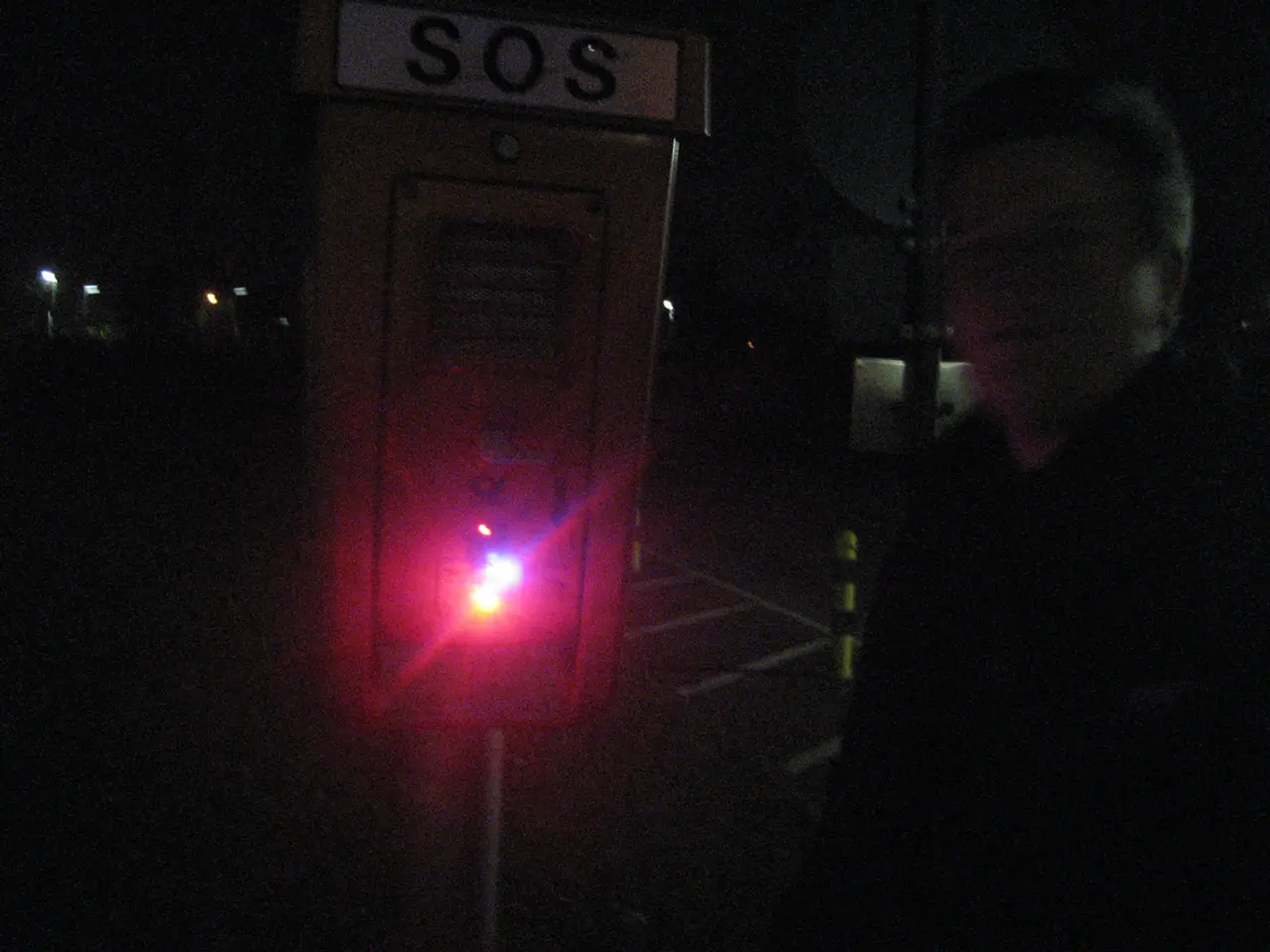Operational Safety Document (OSD) Explained and its Functioning
In a significant step towards enhancing safety and compliance, a drone inspection company has submitted an Operational Safety Document (OSD) to Transport Canada for Beyond Visual Line of Sight (BVLOS) pipeline inspections in northern Alberta.
An Operational Safety Document (OSD) is a comprehensive report or manual outlining safety protocols, risk assessments, and mitigation strategies associated with a drone operation or UAV mission. It serves as a go-to reference for safety protocols, flight procedures, emergency responses, and contingency plans.
The OSD, created in part by using drone software that auto-generates OSDs based on flight planning data, is structured systematically to address all safety-related aspects of the drone operation process. It includes sections such as:
- Introduction and Scope: Defining the purpose of the document, scope of operations, types of drones, and operational environments covered.
- Regulatory Compliance and Safety Requirements: Detailing applicable aviation regulations, certifications needed, and mandatory safety standards for the drone and operation.
- Drone System Description: Including technical details about the drone, sensors, avionics, autonomous systems, battery management, and redundancies critical to safety and reliability.
- Risk Assessment and Mitigation: Providing a Specific Operational Risk Assessment (SORA) or similar framework analyzing operational hazards such as battery failure, navigation errors, and environmental factors along with control measures to mitigate these risks.
- Operational Procedures: Detailing pre-flight checks, flight operation protocols, emergency procedures, and pilot roles and responsibilities.
- Safety Controls and Emergency Response: Detailing layers of safety such as collision avoidance systems, emergency landing protocols, crash mitigation hardware, and communication protocols for lost control or system failure scenarios.
- Airspace and Environmental Considerations: Addressing airspace containment, environmental hazards, payload risks, and coordination among drone fleets or swarms when applicable.
- Maintenance and Training: Procedures for regular maintenance checks, hardware/software updates, and training requirements for drone operators.
- Record Keeping and Incident Reporting: Specifying documentation of flights, incidents, and safety breaches for compliance and continuous improvement.
This structure ensures that safety is addressed both technically and operationally, integrating hardware resilience, operator competence, environmental awareness, and regulatory compliance.
The OSD, which also includes sections such as mission objectives, hazard identification and risk assessments, mitigation measures, communication protocols, airspace classifications, flight logs, and maintenance schedules, demonstrates the drone operator's commitment to safe, responsible operations.
Transport Canada, the regulatory authority reviewing the submitted OSD, will assess the document as part of the approval process for advanced operations, including BVLOS, night flights, or operations over people. For commercial operators, having a robust OSD enhances credibility and can be a competitive advantage when bidding for contracts.
In the United States, regulatory bodies like the FAA frequently request an OSD as part of the approval process for similar advanced operations. Jacob Stoner, the CEO of Flyeye.io, a licensed commercial drone operator in Canada who frequently conducts drone inspections, highlights the importance of OSDs for drone operators when applying for special flight authorizations, conducting complex missions near controlled airspace, or proving compliance with national aviation regulations.
The drone inspection company's Operational Safety Document (OSD) for Beyond Visual Line of Sight (BVLOS) pipeline inspections in northern Alberta demonstrates their commitment to integrating technology and safety by auto-generating key sections of the OSD using drone software. By following the systematic structure of the OSD, which includes sections like technology-centric drone system descriptions and safety controls, the company ensures a high level of safety and compliance in their operations.




